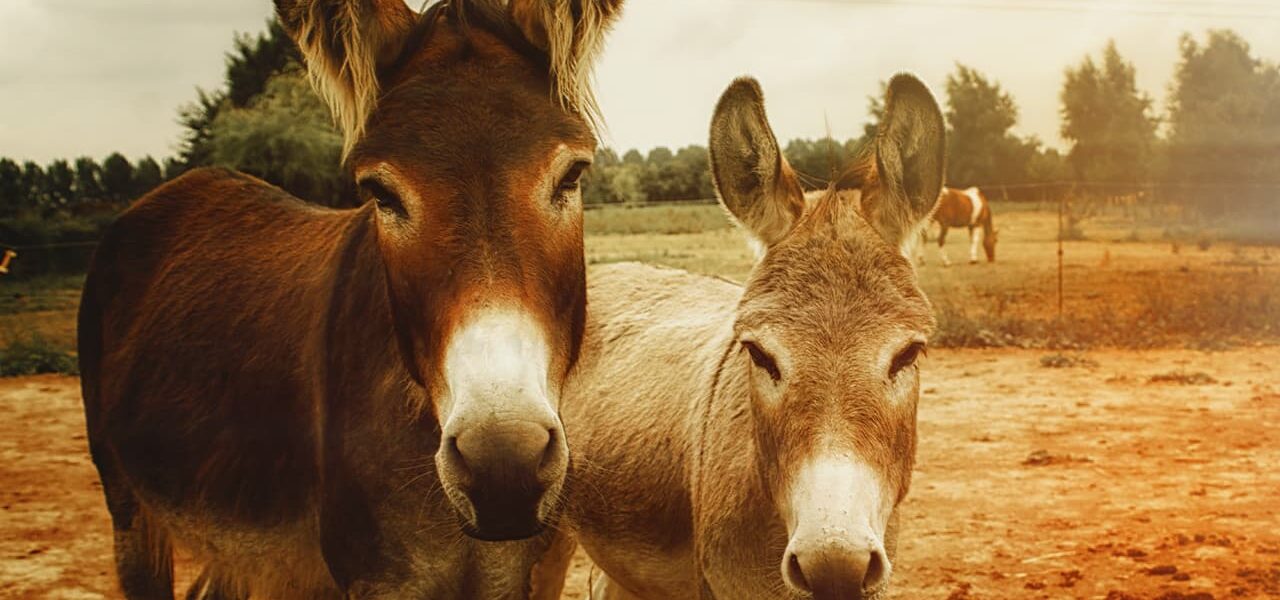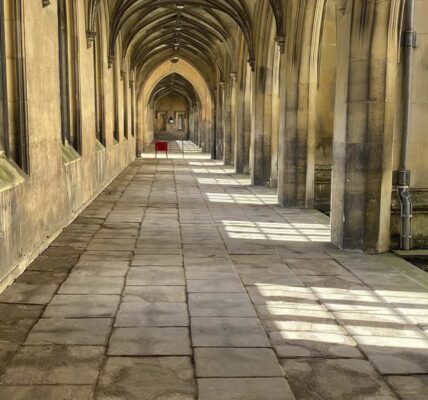Tiny World features six thirty-minute episodes, devoted, respectively, to the African savannah, the jungle, a Caribbean island, the Australian Outback (the name given to the sparsely populated arid interior of Australia), the European mixed forest, and the most common garden plot somewhere in Great Britain. But in order to collect the necessary materials for the installation, and in the series “play” the representatives of about 200 different species, the filmmakers needed nearly 10 years. For example, one of the rare geckos, which appeared in the show, tried to catch for three years, using the complex remote-controlled equipment. But why talk too much, you better watch this short video of Tiny World – Behind the Scenes, showing the work on some scenes of the show.
The British company Plimsoll Productions did the actual work on Tiny World, and the series’ producer was Tom Hugh-Jones, who used to work at the legendary BBC’s Natural History Unit for 22 years, the same unit with which Sir David Attenborough used to work. Not only that, but Hugh-Jones and Attenborough have even worked together, for example on Planet Earth, Human Planet, Life Story and the fantastic Planet Earth II, which Hugh-Jones completed just before joining Plimsoll Productions.
The choice of narrator for Tiny World is also interesting. It was no coincidence that Paul Rudd, the Ant-Man of the Marvel Cinematic Universe, was chosen. Not Attenborough, of course, but Sir David is engaged by Netflix, Apple can’t outbid that contract. In any case, Paul Rudd has a pretty good voice and his involvement here is appropriate, thanks to associations with his role in the MCU.
Tiny World is fantastically shot, and you’ll often catch yourself thinking that you just don’t understand how such filming is possible. Vivid colors, incredible detail, and of course, watching this show, like most wildlife movies and shows, is worth watching on the biggest screen you can find and in the highest resolution. It’s a great test for the latest generation of TVs.
The authors claim that there are no staged shots in the series, although it is still hard to believe. Some scenes, such as a lizard clinging to a reed during a tropical storm, is simply unrealistic to shoot live. The shots during the fire also raise questions; there is a feeling that the fire in the foreground is a bit of a sham. However, given how far the filming technique has progressed in recent times, maybe this is a misleading impression.
Tiny World has a great balance of funny and dramatic. Some episodes you will be genuinely worried for the characters of the series, while others are sure to make you smile or even laugh out loud. The correlation of predators and prey here is also correct, and in general the show has no too naturalistic hunting scenes, you can safely show it to children.



